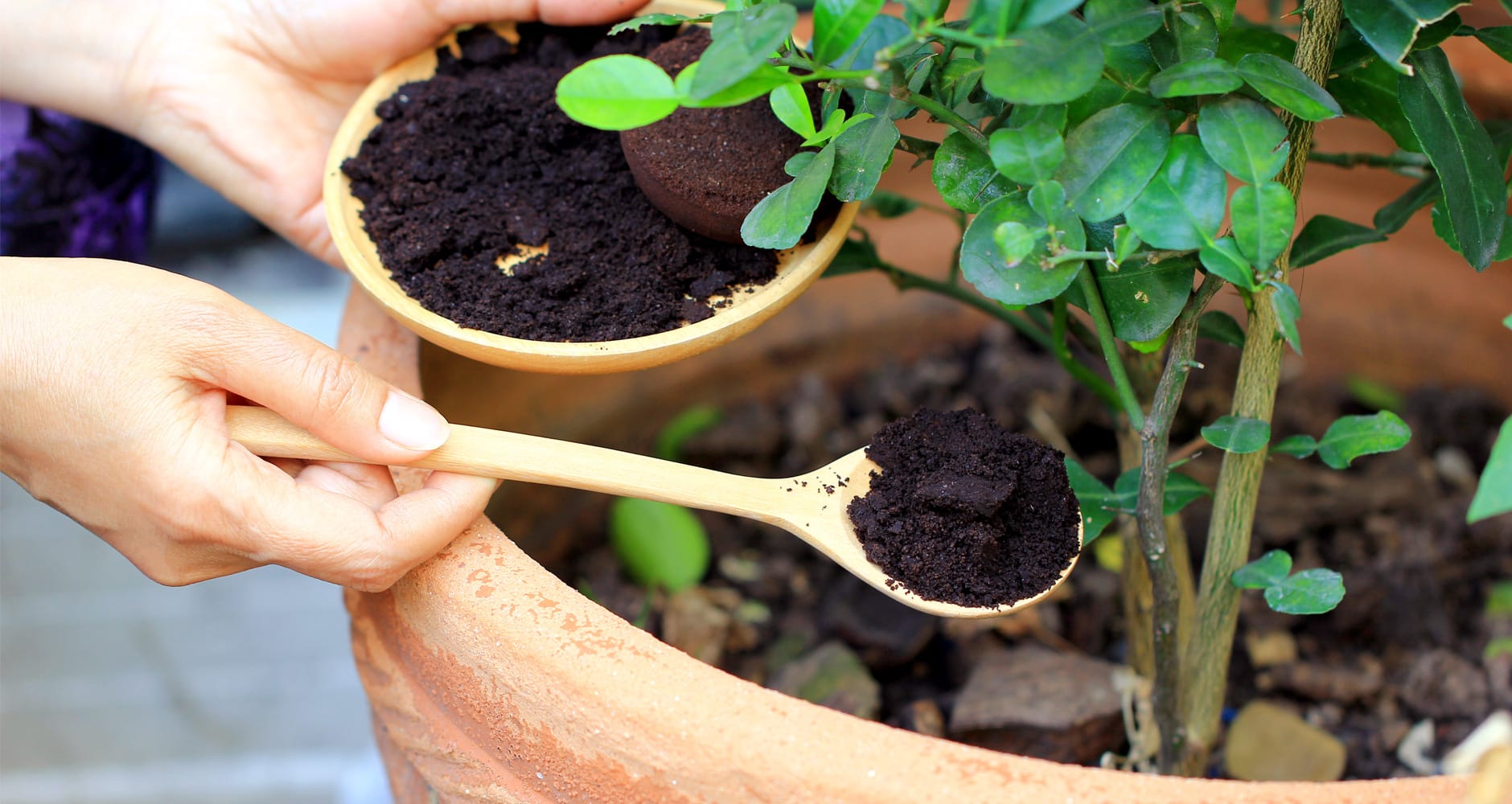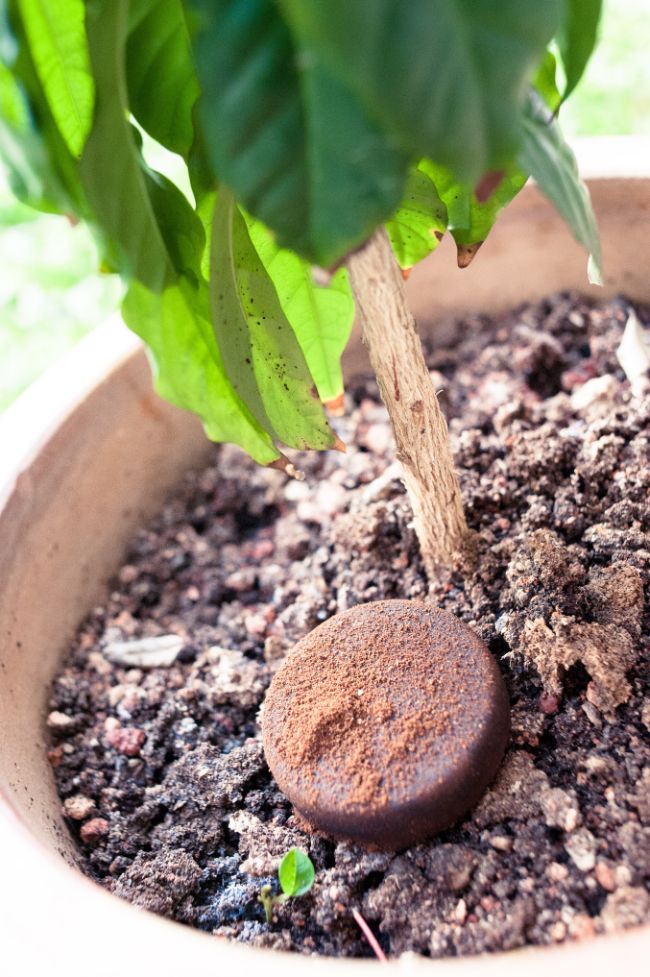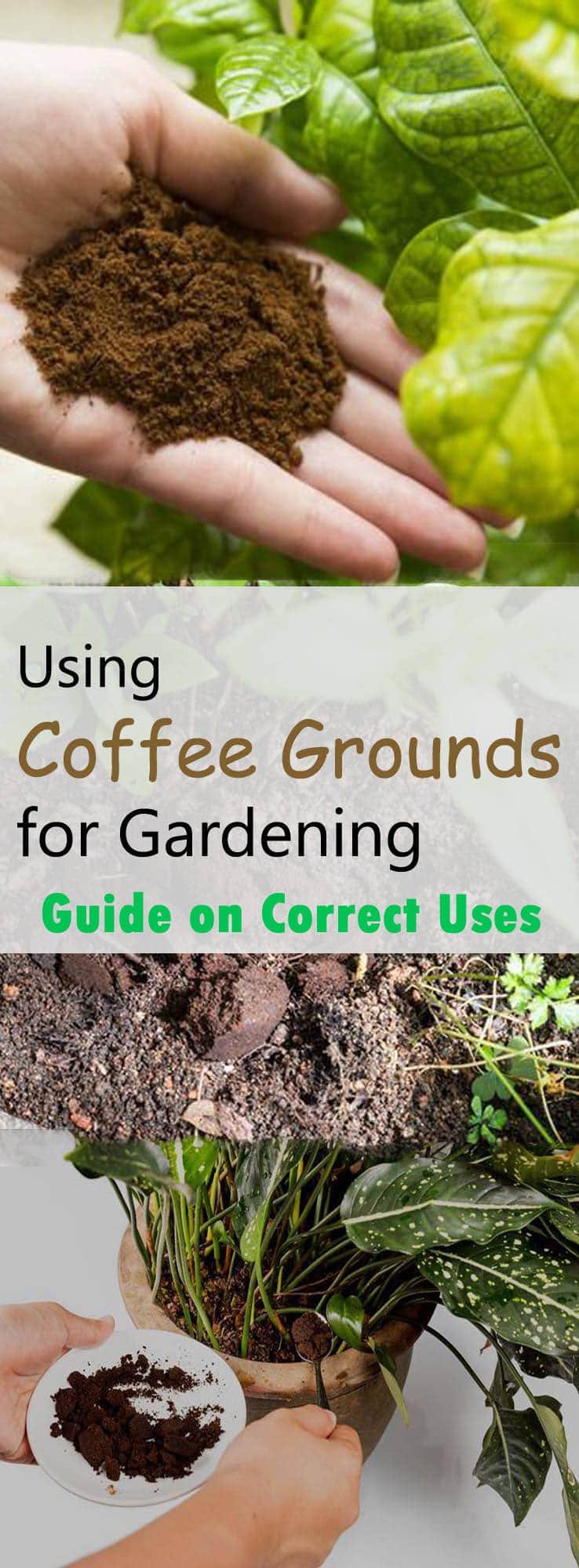The Surprising Benefits of Coffee Grounds for Roses
Using coffee grounds as a natural fertilizer for roses is a growing trend in sustainable gardening. This innovative approach can improve soil structure, increase nutrient uptake, and even provide pest control. By incorporating coffee grounds into their rose care routine, gardeners can create a more environmentally friendly gardening practice. But what makes coffee grounds so beneficial for roses? The answer lies in their unique composition and how they interact with rose plants. For instance, coffee grounds are rich in nitrogen, phosphorus, and potassium, making them an ideal fertilizer for promoting healthy foliage and blooming. Moreover, coffee grounds can help to repel pests and diseases, reducing the need for chemical pesticides and fungicides. To reap these benefits, it’s essential to understand how often should you put coffee grounds on roses and how to prepare them for optimal results.
Understanding the Nitrogen Cycle in Rose Care
Nitrogen is a crucial element in rose growth, playing a vital role in the development of healthy foliage and blooming. Roses require a steady supply of nitrogen to produce new growth, flowers, and roots. Coffee grounds can provide a slow release of nitrogen, making them an ideal fertilizer for roses. The nitrogen in coffee grounds is released as microorganisms break down the organic matter, providing a steady supply of nutrients to the rose plant. This slow release of nitrogen helps to promote healthy foliage and blooming, while also reducing the risk of nitrogen burn. By understanding the nitrogen cycle in rose care, gardeners can optimize their fertilizer application, including how often should you put coffee grounds on roses, to ensure optimal results.
How to Prepare Coffee Grounds for Your Roses
Preparing coffee grounds for use as a fertilizer is a simple process that requires some basic steps. To start, collect used coffee grounds from your daily coffee routine or ask your local coffee shop for their used grounds. Spread the coffee grounds out in a thin layer on a baking sheet or tray and let them air dry for a few days. This step is crucial in preventing mold and bacterial growth. Once dry, grind the coffee grounds into a fine powder using a blender or food processor. This will help increase the surface area of the grounds, allowing them to break down more easily in the soil. Finally, mix the ground coffee with other compost materials, such as leaves or vegetable scraps, to create a balanced fertilizer blend. By following these steps, you can create a nutrient-rich fertilizer that will help your roses thrive. Remember to apply the coffee grounds at the right frequency, considering factors such as soil type and rose variety, to ensure optimal results. Knowing how often should you put coffee grounds on roses will help you get the most out of this natural fertilizer.
The Ideal Frequency for Applying Coffee Grounds
Determining the ideal frequency for applying coffee grounds to roses is crucial to ensure optimal results. The frequency of application depends on several factors, including soil type, climate, and rose variety. In general, it’s recommended to apply coffee grounds every 2-3 weeks during the growing season, which typically spans from spring to fall. However, if you have roses planted in poor soil or in areas with high temperatures, you may need to apply coffee grounds more frequently, such as every 1-2 weeks. On the other hand, if you have roses planted in rich soil or in cooler climates, you may be able to get away with applying coffee grounds every 4-6 weeks. It’s also important to consider the amount of coffee grounds to apply, as excessive amounts can lead to over-fertilization. A general rule of thumb is to apply a 1-2 inch layer of coffee grounds around the base of the rose plant. By understanding how often should you put coffee grounds on roses and adjusting the frequency and amount of application accordingly, you can provide your roses with the nutrients they need to thrive.
Signs Your Roses Need More Coffee Grounds
While coffee grounds can provide numerous benefits to roses, it’s essential to recognize the signs that indicate your roses need more of this natural fertilizer. One common sign is yellowing leaves, which can be a result of nitrogen deficiency. If you notice your rose leaves turning yellow or pale, it may be a sign that they need an extra boost of nitrogen from coffee grounds. Another sign is stunted growth, which can be caused by poor soil structure or lack of nutrients. By applying coffee grounds regularly, you can improve soil structure and provide essential nutrients for healthy growth. Reduced blooming is also a sign that your roses may need more coffee grounds. If you notice a decrease in blooming or the flowers are smaller than usual, it may be a sign that your roses need more nitrogen and other nutrients found in coffee grounds. By recognizing these signs and adjusting the frequency and amount of coffee grounds application accordingly, you can ensure your roses receive the nutrients they need to thrive. Remember to consider how often should you put coffee grounds on roses and adjust your application schedule as needed to avoid over-fertilization.
Combining Coffee Grounds with Other Natural Fertilizers
While coffee grounds can provide a wealth of benefits to roses, combining them with other natural fertilizers can create a balanced fertilizer blend that promotes optimal growth and health. One effective combination is mixing coffee grounds with compost, which adds organic matter and beneficial microorganisms to the soil. This blend can help improve soil structure, increase nutrient uptake, and support a healthy microbial ecosystem. Another option is combining coffee grounds with manure, which provides a slow release of nutrients and can help improve soil fertility. Worm castings, also known as vermicompost, can also be mixed with coffee grounds to create a nutrient-rich fertilizer that promotes healthy root growth and development. When combining coffee grounds with other natural fertilizers, it’s essential to consider how often should you put coffee grounds on roses and adjust the frequency and amount of application accordingly to avoid over-fertilization. By creating a balanced fertilizer blend, you can provide your roses with the nutrients they need to thrive and enjoy a bountiful harvest of beautiful blooms.
Avoiding Over-Fertilization with Coffee Grounds
While coffee grounds can be a valuable addition to a rose care routine, it’s essential to avoid over-fertilization. Over-fertilization with coffee grounds can lead to a range of problems, including nitrogen burn, soil pH imbalance, and environmental pollution. Nitrogen burn can cause damage to the roots and leaves of the rose plant, leading to stunted growth and reduced blooming. Soil pH imbalance can also occur when too much coffee grounds are applied, leading to a decrease in soil fertility and an increase in soil acidity. Furthermore, excessive coffee grounds can contribute to environmental pollution by contaminating waterways and harming beneficial microorganisms in the soil. To avoid these problems, it’s crucial to consider how often should you put coffee grounds on roses and adjust the frequency and amount of application accordingly. A general rule of thumb is to start with a small amount of coffee grounds and gradually increase the application as needed, monitoring the rose plant’s response to the fertilizer. By being mindful of the potential risks of over-fertilization, rose enthusiasts can ensure that their plants receive the benefits of coffee grounds while minimizing the risks.
Monitoring Your Roses’ Response to Coffee Grounds
Once you’ve started using coffee grounds as a natural fertilizer for your roses, it’s essential to regularly monitor their response to this new addition. By keeping a close eye on your roses’ progress, you can adjust the frequency and amount of coffee grounds application as needed to ensure optimal results. Pay attention to signs of improved health, such as increased blooming, stronger stems, and a deeper green color. Conversely, be on the lookout for signs that your roses may need more coffee grounds, such as yellowing leaves, stunted growth, or reduced blooming. Consider how often should you put coffee grounds on roses and adjust your application schedule accordingly. For example, if you notice your roses are responding well to the coffee grounds, you may want to increase the frequency of application. On the other hand, if you notice signs of over-fertilization, you may need to reduce the amount of coffee grounds used. By regularly monitoring your roses’ response to coffee grounds, you can fine-tune your fertilizer strategy and create a thriving, healthy rose garden.









